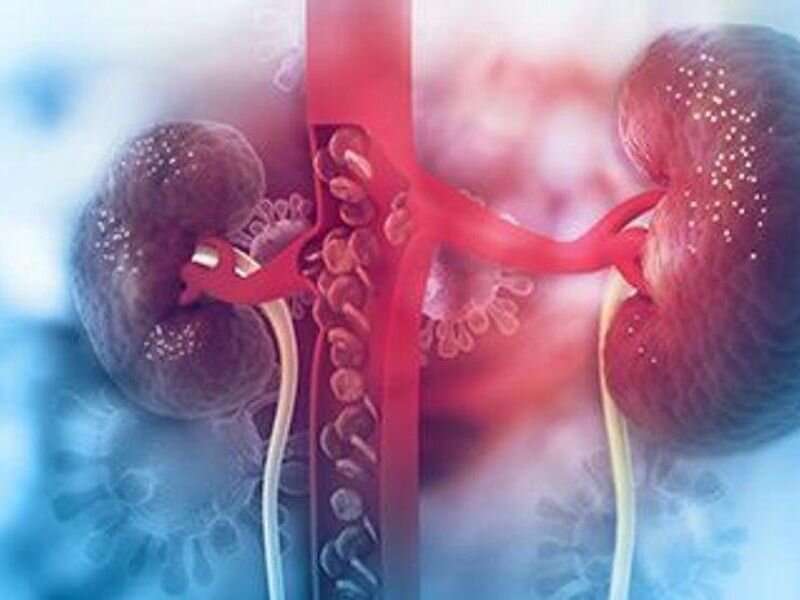
(HealthDay)—Use of D-dimer levels to exclude pulmonary embolism (PE) has limited clinical utility and may be inappropriate in patients hospitalized with COVID-19, many of whom have increased plasma D-dimer values, according to a research letter published online Oct. 8 in JAMA Network Open.
Constantine N. Logothetis, M.D., from the University of South Florida in Tampa, and colleagues conducted a diagnostic accuracy study to characterize the performance of D-dimer to exclude PE among patients hospitalized with COVID-19. Among 287 patients with suspected PE, plasma D-dimer concentrations from an automated, standardized assay were compared to the criterion standard of computed tomographic pulmonary angiography. The ability of plasma D-dimer concentrations to correctly classify patients with PE was examined.
Of the 287 patients with COVID-19 and suspected PE, 118 required intensive care unit levels of care and 27 died during hospitalization (41.1 and 9.4 percent, respectively). The researchers found that 37 patients (12.9 percent) had radiographic evidence of PE and 87.1 percent did not. Overall, 92.3 percent of patients had plasma D-dimer levels of ≥0.05 µg/mL, including all patients with PE and 225 of 250 without PE (91.2 percent). For patients without and with PE, the median D-dimer values were 1.0 and 6.1 µg/mL, respectively; D-dimer values ranged from 0.2 to 128 µg/mL and from 0.5 to more than 10,000 µg/mL, respectively. Mean D-dimer values were significantly lower for patients without PE.
Source: Read Full Article
